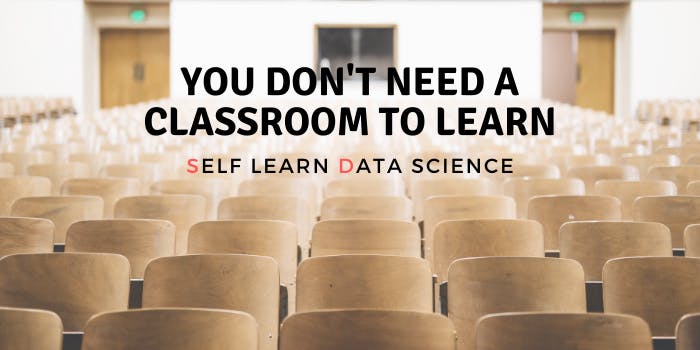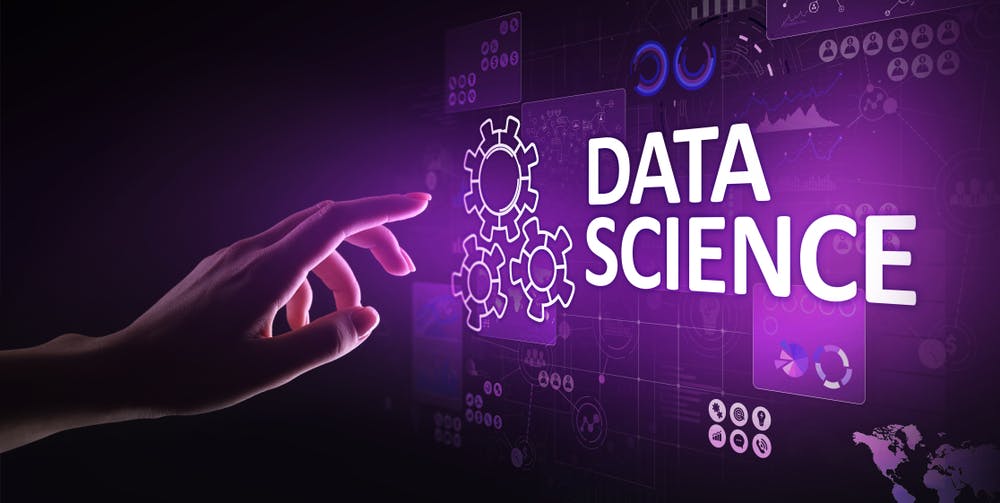My Journey to become data scientist

My name is Darlsy Lida, currently studying Bsc. Computer science at Masinde Muliro Universty of Science and Technology in Kakamega, Kenya. I used to have interest in data science, so in my second year I self learned Python programming and then stopped for a while.
During the COVID’19 break in 2021, I never went home and decided to stay at school while learning Data Science.
How Did I start
By good luck I got some mentors from SCA and PyLadies Asaba who took me through my journey of learning Data science as a beginner. The training was remote. Thats how I started.
Tips of learning
Just learn with your pace
Learn-Apply-Practice (LAP)
Build portfolios e.g Github that will help you keep track of your projects. Check my github profile darlsyLida
Networking – Join communities in your field and attend meetups.
Find a mentor who guides youby duilding trust and modelling positive behaviors in you and Be a responsible mentee so you can learn fast.
Have a target in your learning path.
How to Launch you Data science career

Step 0: Figure out what you need to learn
Data science does not necessarily require advanced mathematics, a mastery of deep learning, or many other skills that people may tell you. But it does reguire knowledge of a programming language and the ability to work with data in that language. And although data science, you need a basic understanding of mathematics to get started.
Step1: Get comfortable with Python
Python and R are both great choices as programming for data science. You dont need to learn both Python and R to gets started. Instead, you should focus on learning one language and its ecosystem of data science packages. Here are some sites you can learn python:
Step2: Learn data analysis, manipulation and visualization with pandas
For working with data in Python, you should learn how to use the pandas library. It provides a high-performance data structure called DataFrame that is suitable for tabular data with columns of different types similar to Excel or SQL table. Learning Pandas will significantly increase your efficiency when working with data. These are the sites for learning:
Step3: Keep Learning and Practising
For improving your data science skills: Find “thing” that motivates you to practice what you learned and to learn more, and then do it. That could be personal data science projects, Kaggle competitions, online courses, reading books, reading blogs, attending meetups or conferences, or something else.